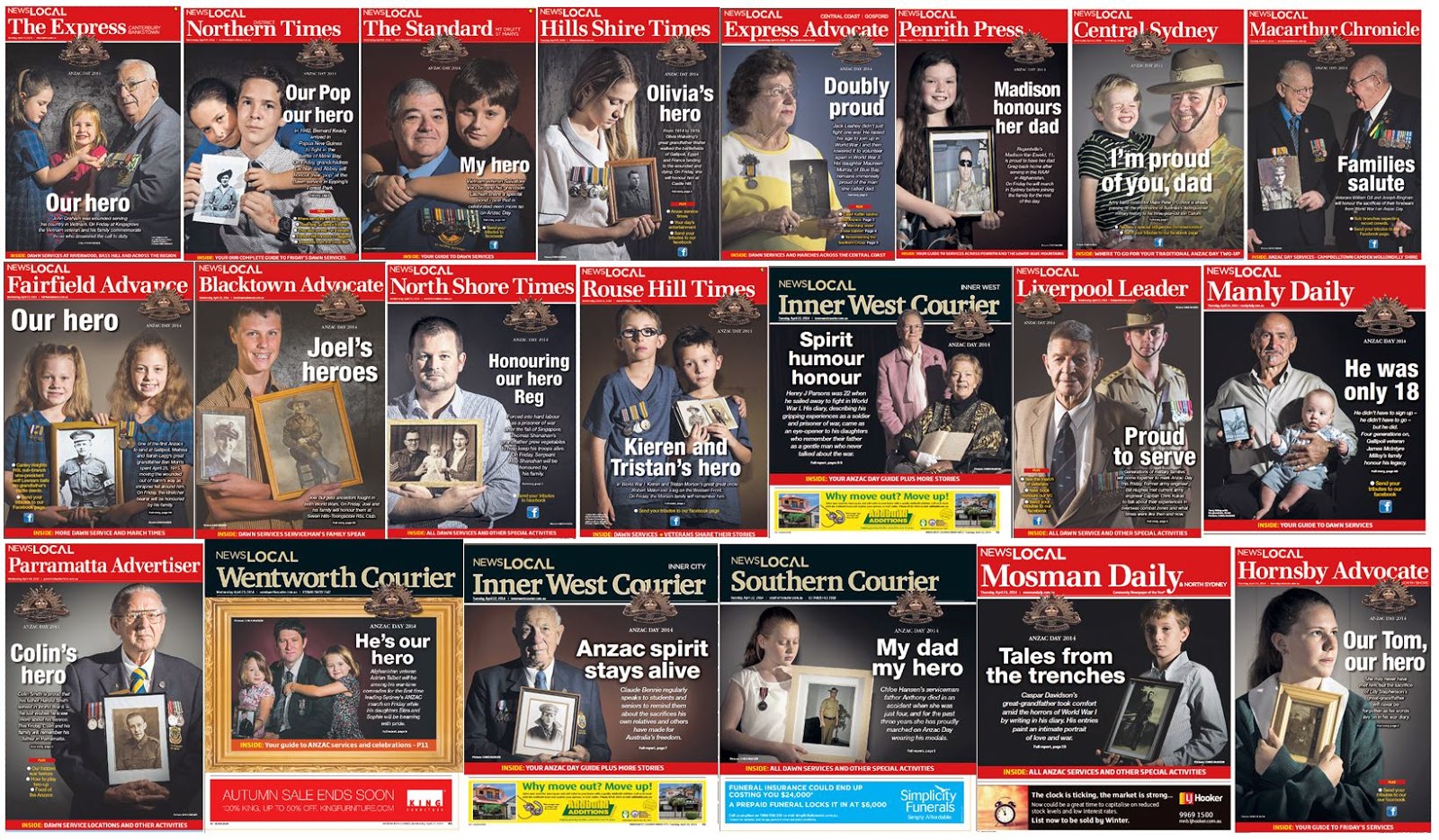If a picture may be worth a thousand words, a series of images can sometimes tell a complete story. Photojournalism is the art of that story telling, and if they're successful, the story teller should be able to provide images that appeal to the viewer's emotions.
At time the photographer has to maintain an emotional distance - sometimes this is for their own well being, while an emotional investment is required on other occasions.
The following essay covers the later stages of pregnancy of a first time mother, Felicity, and the subsequent birth at a Sydney hospital. Diagnosed with gestational diabetes, she ended up being called into the hospital during her 38th week of pregnancy in order to induce the baby.
Waiting for one of the many appointments.
The 34 week ultrasound.
Felicity takes to the stairs after having the syntocinon induction treatment.
While waiting for the doctor, the midwife describes the next stage of the induction process.
The midwife and doctor describe the next stage - the Foley's catheter.
The Foley's catheter is applied.
A midwifery student applies monitoring equipment.
In early stages of labour, and in discomfort, Felicity tries to rest in the Birthing Suite.
The midwife monitors Felicity's vital signs as the discomfort increases.
After the application of another epidural for pain relief, Felicity still waits for it to take effect.
Hours later, and three epidural injections later, Felicity tries to breathe through the increasing pain of the contractions.
Felicity is wheeled into theatre when the baby's pulse was deemed to be concerning and the decision to deliver the baby by Caesarean section was made.
Felicity breathes nitrous oxide as a fourth epidural is applied.
Felicity signs a form before a final attempt at a vaginal birth was attempted.
After a successful delivery, the infant is placed on Felcity for skin-to-skin contact while the surgical site is closed.
The baby is weighed, with a forceps mark from the vaginal delivery attempt visible on his face.
The baby lies under heat lamps while being checked by medical staff.
Felicity feeds the baby colostrum, expressed in the weeks prior to the birth.
The baby was required to spend time in the Neo-Natal Care Ward, as the staff monitored several health issues.
Felicity attempts to breastfeed in the Neo-Natal Care Ward.
Felicity holds her baby after he is released from the Neo-Natal Care Ward.
The birth wasn't without its share of obstacles. Instead of a vaginal delivery, using calm birthing techniques, Felicity was induced almost two weeks earlier than her full term. Gestational diabetes can cause a number of complications including placenta failure if left undiagnosed and unmanaged, and the pregnancy left to full 40 weeks.
Earlier I said that there are some stories where the photojournalist can remain detached, and some where they should invest themselves.
I was truly privileged to be able to photograph this birth. Not only because the labour can be demanding, stressful and pain-wracked. When Felicity gave me permission to bring my camera along on her journey, it was with a resigned sigh and a patient smile.
Felicity is my wife, and the new arrival, my son.
If we had been working to the original birth plan, I would have been The Support Person - fetching, soothing, massaging. But instead the decision to medically induce the labour was made, and while I was more than happy to hand over the reins to the exceptional team hospital team, it did leave me at a loose end.
If you called taking photos of the day hiding behind a security blanket, you probably wouldn't be too far off the truth. Seeing the levels of pain my wife endured, and more so not being able to do anything about it, was exceptionally hard. During the labour, when the epidurals had failed to take effect, Fliss was reliant on her own strength and determination to persevere. Standing in the birthing room, unable to contribute anything other than the fetching of water or changing the soundtrack, Felicity let me retreat behind my camera, and for that I am grateful.




















































